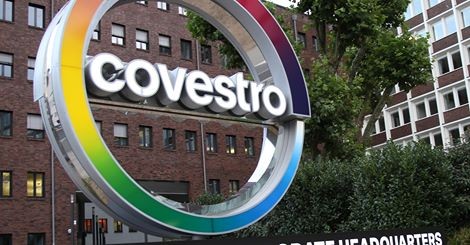German chemicals firm Covestro has begun operations of its newest plant in Shanghai on Thursday last week in a bid to corner the growing need for raw materials in the Asia-Pacific market.
The plant aims to produce up to 50,000 metric tons of hexamethylene di-isocyanate (HDI), a key component in high performance coatings and adhesives, in order to ensure a stable and flexible supply of the chemical in the region, according to the Global Times newspaper on Monday.
"There is strong demand for coatings and adhesives in such key sectors as the automotive, construction, furniture, footwear and textiles industries in particular in China and the Asia-Pacific region," Daniel Meyer, head of the Coatings, Adhesives, Specialties (CAS) department at Covestro, told the Global Times.
"We believe there is considerable potential for growth through product and application innovations, and we are responding to that with the expansion of our HDI production capacity," he added.
Covestro, formerly known as Bayer MaterialScience, is one of the world's leading manufacturers of polymers for the automotive, electrical and electronics, construction and sports and leisure industries. It currently has 30 production sites around the globe and , as of the end of the first quarter of 2016, employs an estimated 15,700 workers.
Klaus Schäfer, the management board member in charge of Covestro's production and technology, said the new plant makes Shanghai one of the largest production HDI hubs in the world.
"At this important site we work in a network to produce all our main products. Now, it is stronger than ever before thanks to the expansion of our HDI production," he said.
According to Schäfer, the new plant is part of the investment program in Shanghai that is valued at more than 3 billion euros ($3.32 billion). Under the program, polycarbonate production capacity at the site is expected to double to around 400,000 metric tons per year before the end of 2015.
The new facility is also cited for its environmentally-friendly production process, which uses 80 percent less solvents and 60 percent less energy compared with conventional technology. Overall, the carbon footprint of the production process will be reduced by up to 70 percent, according to the Global Times.



























